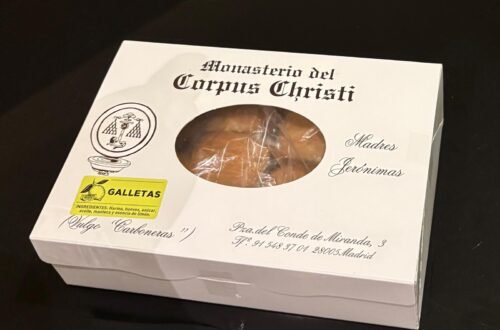Last Sunday, Madrid traded cars for sheep.
Thousands of animals filled the city centre for the annual Fiesta de la Trashumancia — a celebration of Spain’s centuries-old transhumance tradition, where shepherds guide their herds through the countryside along historic migration routes. For one day each October, that route passes straight through the capital.
A Living Tradition in the Heart of the City
It’s an unusual sight: flocks of sheep and goats moving calmly down Calle Mayor and Puerta del Sol, guided by shepherds in traditional dress, followed by musicians and farmers. Tourists leaned over barriers with their phones, children laughed as the bells jingled, and locals stood quietly, smiling — a mix of nostalgia and pride.
The festival dates back to 1994, when shepherds first reclaimed their ancient right of way through Madrid, a custom recognized since 1418. What started as a symbolic act has grown into one of the city’s most charming cultural events, blending rural heritage with urban spectacle.
Beyond the Spectacle
Beyond the novelty of sheep blocking traffic, the festival carries a message about sustainability, land preservation, and respect for traditional agricultural practices. It’s a reminder that Spain’s identity — even in a global city like Madrid — is still deeply connected to the land.
For someone new to the city, it was striking to see how naturally Madrid embraces its traditions. One moment you’re surrounded by taxis and cafés, the next by shepherds and livestock — and somehow, it feels completely normal.
A Different Kind of Sunday
As the herds moved on and the streets reopened, the city slipped back into its usual rhythm. But for a few hours, Madrid paused to let history pass through — quite literally.
It was one of those small yet unforgettable experiences that perfectly captures what living here feels like: modern life and old customs existing side by side, each giving meaning to the other.

